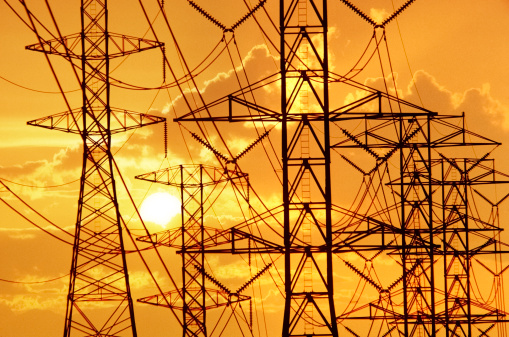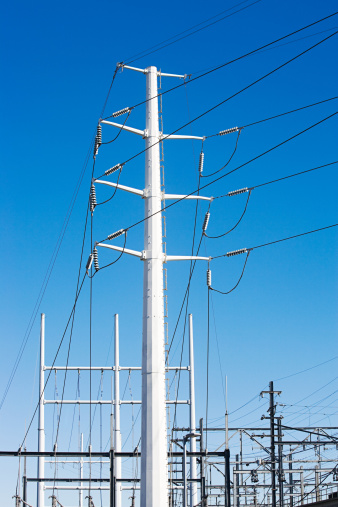Difference Between Transmission and Distribution

Be aware of the fact that transmission and distribution are components used mostly in relation with electricity. It is not only production that is vital but how effectively it is transmitted from the power plant to power sub stations and after that to users which makes up the whole system of generation to end consumption. A number of people usually get confused between transmission and distribution and think that they are synonyms. However, in reality these concepts are as different as bread and cheese. As a result of this, you should be able to differentiate between the two terms with good effect.
Make sure you know that both transmission and distribution direct to movement of power after it has been generated at the power plant. On the other hand, transmission is the movement of electricity from power plant to power sub stations near living areas whereas distribution refers to moving electricity from the sub stations down to the homes, offices and other consumers. Transmission is completed in three phases and distribution is only done in a single phase. Moreover, transmission lines carry electricity at a much higher voltage (11000) and distribution lines carry it at a very low and safe levels of 220 V. You can bring electricity down from high to low voltage using the help of transformers.
Instructions
-
1
Transmission
It relates to the process of moving electricity that is generated by turbines in a thermal or hydro electric power plant to power sub stations that are placed near populated areas. It is noted to maintain a sub station at an area that is close or in the middle area to supply electricity efficiently to huge population in order to save costs on making extra sub stations. Therefore, the lines offer a way for electricity to travel from power plants to near places where it can be used by the consumers.
-
2
Distribution
Distribution starts after electricity reaches the sub stations that are made near the populated areas. It is the process of carrying high voltage electricity to customers by converting high voltages of around 11000 V to 220 V as it is safe and efficient in houses, offices and factories. The conversion is done through transformers. Also know that the lines carrying the electricity to end consumers are thin with respect to transmission lines. Electricity is carried in single phase to near places as they get it from a phase coming from the power plant.







